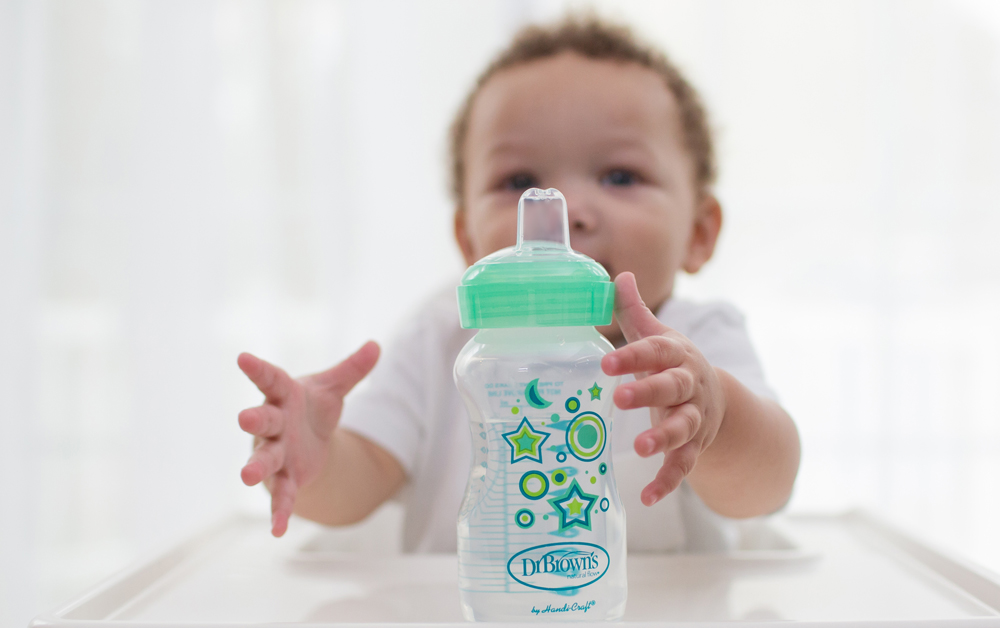
Transitioning our little ones off the beloved binky and bottle can be a battle, but it doesn’t have to be. All children will respond differently to the process, but I’ve found a few things that have worked with both my daughters.
A few things to remember, they’ve developed an attachment to the binky and the bottle. The binky has been a source of comfort and familiarity during bedtime and nap-time routines, and the adjustment will take time, patience, and a healthy dose of resolve for us parents.
Here is what I did with both of my girls:
- Begin taking the binky away from your little one immediately after waking up from a night’s rest or a nap. Don’t let them see it after you’ve taken it. This will begin the process.
- Only give the binky when your little one is in bed and ready to go to sleep; no walking around the house with it. This will begin building a new connection with the binky as strictly something associated with sleeping.
- When your little one undoubtedly launches into fits when the binky is taken, hold firm and don’t give in to the tears as best you can. Just like the breaking of a habit, the first few days are the most uncomfortable. I recall my youngest pitching a 35 – 45 minute fit the first night she went without it. The following night, the fit only lasted 25 minutes, then 15 minutes, and now she sleeps 100% without it. Remember that every child is different, and one strategy may not work with yours exactly as it does with mine or others.
The key is to maintain consistency with a method until you are sure it isn’t working. Find alternative ways of soothing your children. I’ve used rocking, bottom taps, backrubs, and singing since the girls were born and doubled down once the weaning process began.
My parents used a different method with me (I didn’t get off the binky until I was 5-6 years old). I was hooked. They began by cutting/poking very small holes in my binky every few days. This disrupted the familiar sensation I’d grown accustomed to.
Other strategies used include dipping the binky in apple cider vinegar; this obviously associates a highly unpleasant taste in the little’s mouth and, over time, uncouples the link between the binky and comfort.
As for the weaning of the bottle, the strategy is similar, begin tapering off the bottle for sources of comfort and nutrients. If you’ve used the bottle for soothers, I’d apply the same methods listed above for the binky. There will be a period of extreme frustration and discomfort because, for months, they’ve been accustomed to the comfort of the bottle, binky, and breast, for that matter. It starts with tapering down the frequency, proceeding to uncouple the satisfactory experience that comes with a fully intact binky or a full bottle of milk or full feeding on the breast.
We don’t like seeing our kiddos go through discomfort and change. Still, our babies don’t stay babies forever, and we as parents ought to ensure that we are not relying, unhealthy, on soothing methods that can lead to an unhealthy dependency on something.
Best of luck to all parents embarking on this stage!

